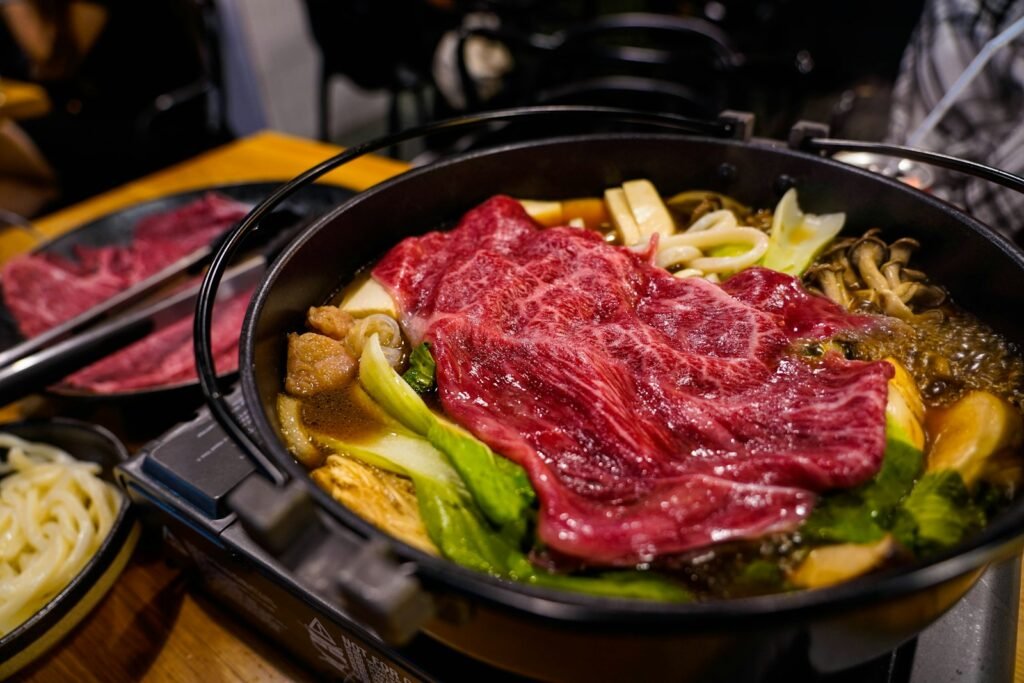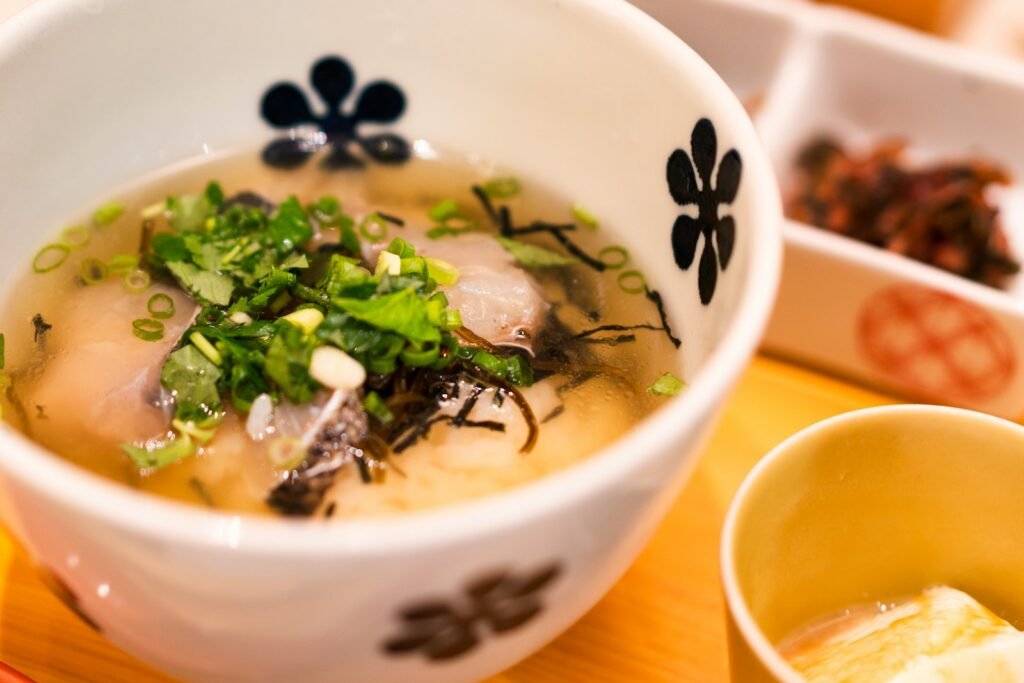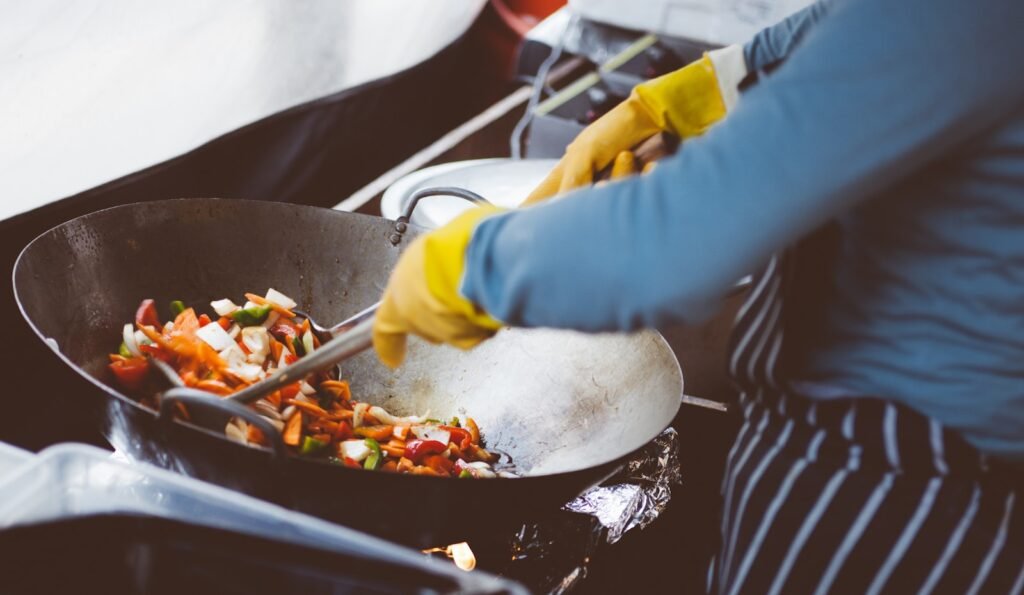
Ingredients for a Flavorful Broth
One of the key components to creating a delectable hot pot experience is crafting a flavorful broth. Imagine a simmering cauldron filled with rich, aromatic liquid that tantalizes your taste buds with each spoonful that’s the magic of a well-made broth in Japanese hot pot. The secret lies in the balance of ingredients, each contributing its own unique essence to the mix. As famed chef Julia Child once said, “The only time to eat diet food is while you’re waiting for the steak to cook.” In the world of hot pot, the broth is your canvas, waiting to be painted with a symphony of flavors.
To begin your broth-making adventure, start with a base of kombu, a type of dried seaweed that imparts a subtle umami flavor. As we all know, umami is the fifth taste, described as a rich and savory essence that elevates dishes to new heights. Next, add in bonito flakes, dried shavings of skipjack tuna, to infuse the broth with a smoky depth. Just like creating a masterpiece, building a flavorful broth requires patience and attention to detail. Japanese hot pot is a culinary art form that celebrates the harmony of ingredients, where each element plays a crucial role in the final masterpiece that is your steaming pot of goodness.
Different Types of Meat and Vegetables for Hot Pot
When it comes to hot pot, the types of meat and vegetables you choose can make or break your dining experience. From thinly sliced beef to plump shiitake mushrooms, the possibilities are endless. As a self-proclaimed hot pot aficionado, I can attest to the fact that the key to a successful hot pot lies in the quality and variety of ingredients you select.
One of my go-to choices for hot pot meat is thinly sliced marbled beef. As the legendary chef Anthony Bourdain once said, “Meat and potats are a reliable classic, but they’re boring. A spicy, perfectly cooked slice of meat can be incredibly exciting.” And he couldn’t be more right! The delicate texture of beef when dipped into a bubbling hot pot broth results in a melt-in-your-mouth experience that is truly unforgettable. On the vegetable front, I always opt for an assortment of leafy greens like bok choy and watercress, alongside crunchy bean sprouts and daikon radish slices. The contrasting textures and flavors of these veggies add a wonderful dynamic to each savory slurp of broth, making the hot pot journey all the more satisfying.
Choosing the Right Dipping Sauces
When it comes to hot pot dining, choosing the right dipping sauces is like finding the perfect dance partner each dip, a step towards flavor nirvana. In Japan, where culinary artistry meets precision, the array of condiments available can be overwhelming but fear not, dear foodie, for I am here to guide you through this saucy journey. As the great chef and author, Ruth Reichl once said, “…the most important thing in the kitchen is always a well-stocked pantry.” And when it comes to hot pot, the same holds true for your dipping sauce arsenal a mix of salty, tangy, and spicy to elevate every morsel that meets your chopsticks.
In the world of hot pot, the dipping sauce reigns supreme, adding that extra oomph to your already tantalizing meal. As you gather around the steaming pot with friends and family, don’t be afraid to experiment with different combinations. Remember, as the legendary food writer M.F.K. Fisher wisely noted, “First we eat, then we do everything else.” So, go ahead, mix some soy sauce with a dash of sesame oil, a sprinkle of chopped scallions, and a hint of grated ginger the possibilities are as endless as the flavors you’ll encounter. Let your taste buds be your guide and savor each dip as a culinary adventure in itself.
Tips for Cooking Sukiyaki and Yosenabe at Home
Sukiyaki and Yosenabe at home? Yes, please! Let’s dive straight into the tasty world of Japanese hot pot, where the sizzle of ingredients meets the simmer of broth in a harmonious dance of flavors. When it comes to mastering these artful dishes in your kitchen, a key tip is to slice your meats and veggies thin. As my dear friend and culinary expert, Heston Blumenthal once said, “Thin is in for that flavor win!” Thinner cuts not only cook faster but also absorb all those delicious broth flavors like a sponge.
Now, let’s talk about the broth, the heart and soul of your Sukiyaki and Yosenabe. A wise chef once told me, “A great broth is like a symphony, each ingredient playing a crucial role in creating a harmonious taste.” So, don’t be shy with your broth game! Add in your mirin, soy sauce, and dashi to create that umami-packed base that will have your taste buds singing. And remember, don’t rush the process – let your broth simmer and mingle with the ingredients, developing depth and complexity with each passing minute. Ah, the joys of Japanese hot pot – where every bite is a celebration of flavors and togetherness.
The History and Origins of Japanese Hot Pot
Have you ever found yourself pondering the origins of that bubbling cauldron of goodness known as Japanese hot pot? Well, buckle up, fellow food enthusiasts, because we’re about to take a flavorful journey through the history of this beloved culinary tradition!
Hot pot, or nabe as the Japanese call it, has been warming hearts and bellies for centuries in the Land of the Rising Sun. Legend has it that the concept of communal cooking in a shared pot dates back to the Nara period (710-794 AD), where warriors would gather around a boiling pot of broth to cook their meals together. As the Japanese proverb goes, “Many a small makes a mickle,” emphasizing the beauty of coming together over a pot of simmering deliciousness. Today, hot pot remains a cornerstone of Japanese cuisine, blending flavors and fostering connections in equal measure.
Etiquette and Customs for Eating Hot Pot in Japan
In the vibrant world of Japanese hot pot dining, there are some unspoken rules and customs that elevate the experience from merely enjoying a meal to truly immersing yourself in the culture. When it comes to hot pot etiquette in Japan, one golden rule reigns supreme – don’t be shy about sharing! As the great Japanese proverb goes, “Shared joy is a double joy; shared sorrow is half a sorrow.” So, dive into that communal pot of bubbling goodness with gusto and don’t hold back on passing around those delectable morsels of meat and veggies.
Another crucial aspect of hot pot etiquette is the art of patience and consideration. As you gather around the steaming pot with friends or family, remember to take turns adding ingredients and give each component its rightful time to cook to perfection. In the words of the wise Confucius, “It does not matter how slowly you go as long as you do not stop.” So, savor each moment, let the flavors meld together harmoniously, and enjoy the slow dance of cooking and camaraderie that hot pot brings to the table.
Health Benefits of Eating Sukiyaki and Yosenabe
If you’re looking for a tasty way to boost your health, look no further than indulging in the delightful hot pots of Sukiyaki and Yosenabe. These traditional Japanese dishes are not only a feast for your taste buds but also offer some surprising benefits for your well-being.
Sukiyaki, with its savory broth and tender meats, is packed with protein, essential for keeping your energy levels up and muscles strong. As you savor each bite, remember the wise words of Japanese proverb, “Better good manners than good looks,” because having a nutritious meal like Sukiyaki not only nourishes your body but also feeds your soul. On the other hand, Yosenabe, a lighter hot pot filled with an abundance of fresh vegetables and seafood, is a treasure trove of vitamins and minerals that can do wonders for your immune system. As you dip into the steaming pot of goodness, take a moment to appreciate the wisdom of Matsuo Basho, who said, “Do not seek to follow in the footsteps of the wise. Seek what they sought.”
Variations of Hot Pot in Different Regions of Japan
Whenever the chilly winds of winter start to blow in Japan, steamy hot pots simmering with delicious ingredients start making their appearance all across the country. Each region has its own unique twist on this comforting and communal meal, showcasing the diverse culinary landscape of Japan. From the hearty miso-based hot pot of Hokkaido to the delicate kaiseki-style hot pot of Kyoto, there is a hot pot variety for every palate.
In the snowy regions of Hokkaido, where winters are harsh and unforgiving, the locals have perfected the art of making hearty and rich hot pots to warm both body and soul. The Ishikari Nabe, a salmon and vegetable hot pot simmered in a miso broth, is a particular favorite in this region. As the renowned chef, David Chang, once declared, “Ishikari Nabe is like a warm hug on a cold day comforting and satisfying in every bite.” This hot pot truly embodies the essence of Hokkaido cuisine simple yet incredibly flavorful, a reflection of the region’s bountiful natural resources and resilient spirit.

